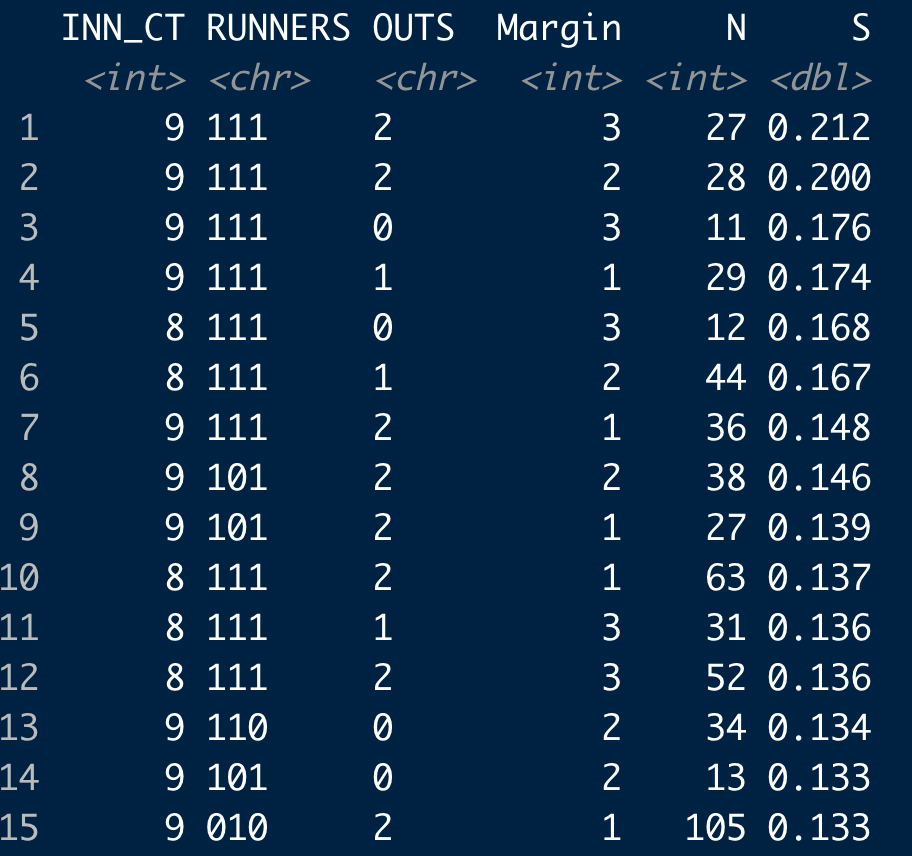With the surge in online sports betting, a growing number of MLB enthusiasts and bettors are looking for novel strategies to make smarter wagers. One particular area of interest is MLB prop bets – bets placed on specific occurrences or non-occurrences during a game that do not necessarily correlate with the game’s final outcome. To increase your odds of winning these prop bets, a deeper understanding of pitcher statistics, specifically the Leverage Index (LI), can be an invaluable tool.
The Leverage Index, developed by statistician Tom Tango, is a measure of the ‘pressure’ a pitcher faces during any given game situation. It quantifies how critical a particular situation is based on the potential swing in a team’s win expectancy. The higher the LI, the more ‘pressure’ a pitcher is under, which can significantly impact their performance.

Using the Leverage Index for predicting MLB prop bets offers a unique advantage because it takes into account factors that traditional pitcher statistics overlook. It considers the context in which each pitch is thrown, a critical variable often underutilized in predicting MLB prop bets.
Let’s break down how the Leverage Index can effectively inform your MLB prop bets:
- Performance Under Pressure: High leverage situations can be nerve-wracking, and not all pitchers handle them the same way. Some shine under pressure while others falter. Understanding a pitcher’s past performance in high-LI situations can provide insight into how they might perform in future similar situations. Thus, you can make more informed MLB prop bets on outcomes like total strikeouts or hits allowed.
- Inning-specific Prop Bets: LI fluctuates significantly over the course of a game. Typically, late innings carry higher LI values as the outcome hangs in the balance. So, for prop bets concerning late-inning performance, considering LI can be invaluable. For instance, if a relief pitcher typically excels in high-LI situations, betting on this pitcher to close a game successfully would be a wise choice.
- Starting Pitcher Props: For starting pitchers, the LI value is usually lower at the start of the game and increases as the game progresses. By examining how a starter performs as LI rises, you can make prop bets on how long a pitcher will last in the game, or if they’ll allow a certain number of runs before being pulled.
- Understanding Pitcher-Batter Matchups: Batter performance also varies under different LI situations, and this can impact a pitcher’s stats. By using LI to analyze batter performance, you can make prop bets based on expected pitcher-batter interactions.
In essence, LI adds a layer of contextual understanding to MLB prop bets, giving you a more nuanced and precise approach to predicting game outcomes. However, using the Leverage Index as a predictive tool isn’t as simple as looking at a single number. It’s vital to understand the variables that influence LI – including inning, score difference, outs, and runners on base – and how these variables can impact pitcher performance.
Furthermore, it’s crucial to remember that the Leverage Index is not a standalone statistic. Pairing LI with other relevant stats like ERA, FIP, and WHIP can provide a more holistic view of a pitcher’s potential performance and inform your MLB prop bets.
Despite its complexity, the Leverage Index’s potential value in the world of MLB prop bets is significant. By understanding and implementing this statistic into your betting strategy, you can gain a fresh perspective that could very well translate into more successful bets.
To conclude, the Leverage Index offers a novel way to predict MLB prop bets. Its ability to capture the ‘pressure’ a pitcher faces during different game situations can be incredibly




